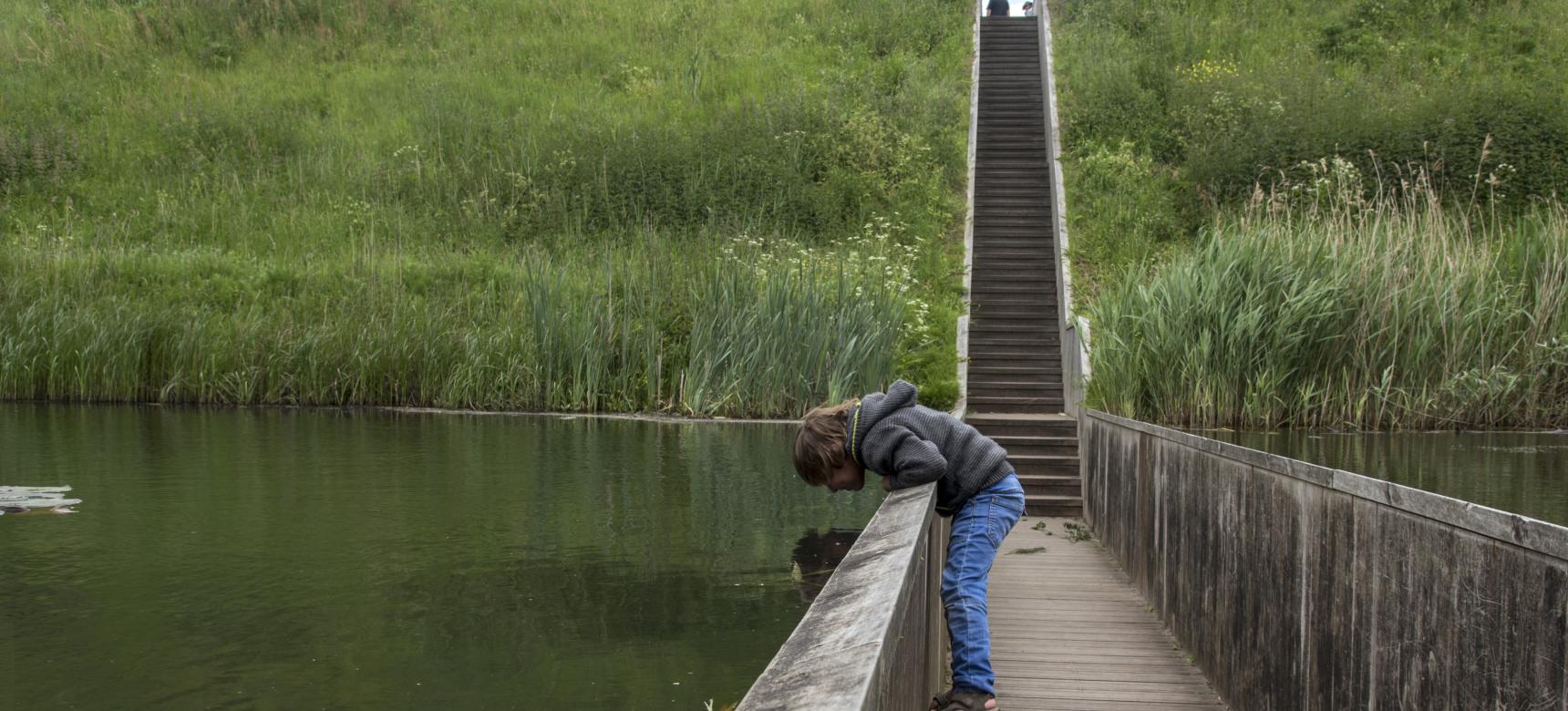In 1628, the States General of Zeeland and Holland decided enough was enough: the Spaniards had plundered Steenbergen several times and were coming dangerously close to Bergen op Zoom. To turn the tide, land was deliberately flooded, creating the West Brabant Water Line. On a high sand ridge near Halsteren, a strategic stronghold arose: Fort de Roovere.
This fort not only held back the Spaniards, but also later the French and the Belgians. Today, you can walk along its earthen ramparts and dry moats, through remnants of French trenches and past restored fortress structures.
World-famous is the Moses Bridge: a modern, invisible bridge through the water where you walk with dry feet, as if the water parts before you. Also, climb the Pompejus watchtower for a phenomenal view over a landscape that was once a battlefield, but is now a green oasis.

